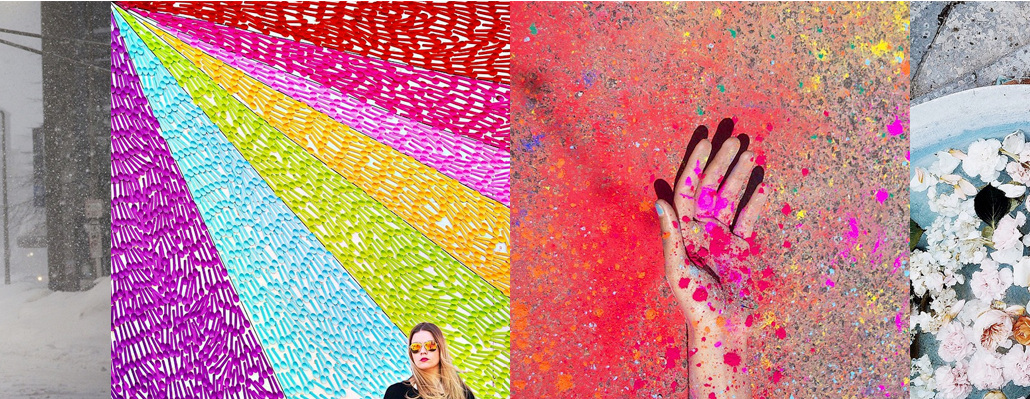
Mashable’s Instagram strategy has extended into meatspace.
In February, the site invited 100 of its Instagram followers to Jersey City for #MashMeet, an in-person meetup for photographers to share tips IRL. The event, Mashable’s third, brought together just a small part of Mashable’s Instagram following, which has quadrupled to 119,000 users over the last year. That’s more than the main New York Times Instagram account (67,000) but a third of The Huffington Post. Mashable, long an early-adopter of emerging social channels, has built its sizable and active following by not just distributing its own content but tapping into the crowd’s.
“We see ourselves as a facilitator within that community,” said Jeff Petriello, Mashable’s director of creative development. “The platform has an amazing ability to showcase people’s creative ability and benefit them in a real way.”
Mashable regularly reposts photos from followers who use its #Mashpics hashtag, and it also features a different community member each week. The result is a diverse mix of visually arresting architecture shots, nature photos and the occasional puppy or cat picture that feels very much at home on the platform — and very different from Mashable’s own site. Mashable also uses Instagram to post modified versions of its own original illustrations and photography. Contrast that with BuzzFeed, whose own Instagram profile is built around a mix of Internet memes, cat pictures and various Web marginalia.
“Personal reach is the true currency of all social platforms, so letting people submit photos and get recognized is only going to lead to more people following,” said Jon Resnik, chief creative officer at Big Fuel. “There’s an incentive to share your stuff with Mashable for the social currency that comes from that recognition.”
Mashable’s Instagram success might make sense considering the site got its start covering social media. Publishers and brands have traditionally tried to use Instagram as yet another top-down broadcast medium. Some, including Mashable itself, even try to use it to drive traffic by updating the link on their Instagram profile page each time they share new stories. Unlike Twitter or even Facebook, Instagram, however, is designed to keep users in, not send them out, which has forced publishers to change how they approach it.
“Obviously, it would be foolish for us to force a behavior that the app is clearly not designed to encourage. That’s something we accept as a publisher,” Petriello said. But he also pointed out that while Mashable’s profile link can sometimes drive thousands of clicks back to Mashable.com, that’s not the primary focus.
Such an approach has become increasingly popular among publishers. Last year, BuzzFeed launched BuzzFeed Distributed, a division dedicated to making content that lives off of BuzzFeed itself. In February, NowThis took that approach to the extreme by scrapping its website entirely. The first publishers to sign up for Snapchat Discover, which doesn’t link back to publisher pages, have also read the tea leaves.
This platform-specific approach to distribution also unlocks new revenue opportunities. Mashable, for example, has opened up its Instagram feed to brands, the most recent of which was camera company Olympus, which sponsored a photo challenge in October. “Brands aren’t going to partner with you if the content doesn’t stand on its own,” Petriello said.
More in Media

Media Briefing: Publishers who bet on events and franchises this year are reaping the rewards
Tentpole events and franchises are helping publishers lock in advertising revenue.

With Firefly Image 3, Adobe aims to integrate more AI tools for various apps
New tools let people make images in seconds, create image backgrounds, replacing parts of an image and use reference images to create with AI.

Publishers revamp their newsletter offerings to engage audiences amid threat of AI and declining referral traffic
Publishers like Axios, Eater, the Guardian, theSkimm and Snopes are either growing or revamping their newsletter offerings to engage audiences as a wave of generative AI advancements increases the need for original content and referral traffic declines push publishers to find alternative ways to reach readers.





